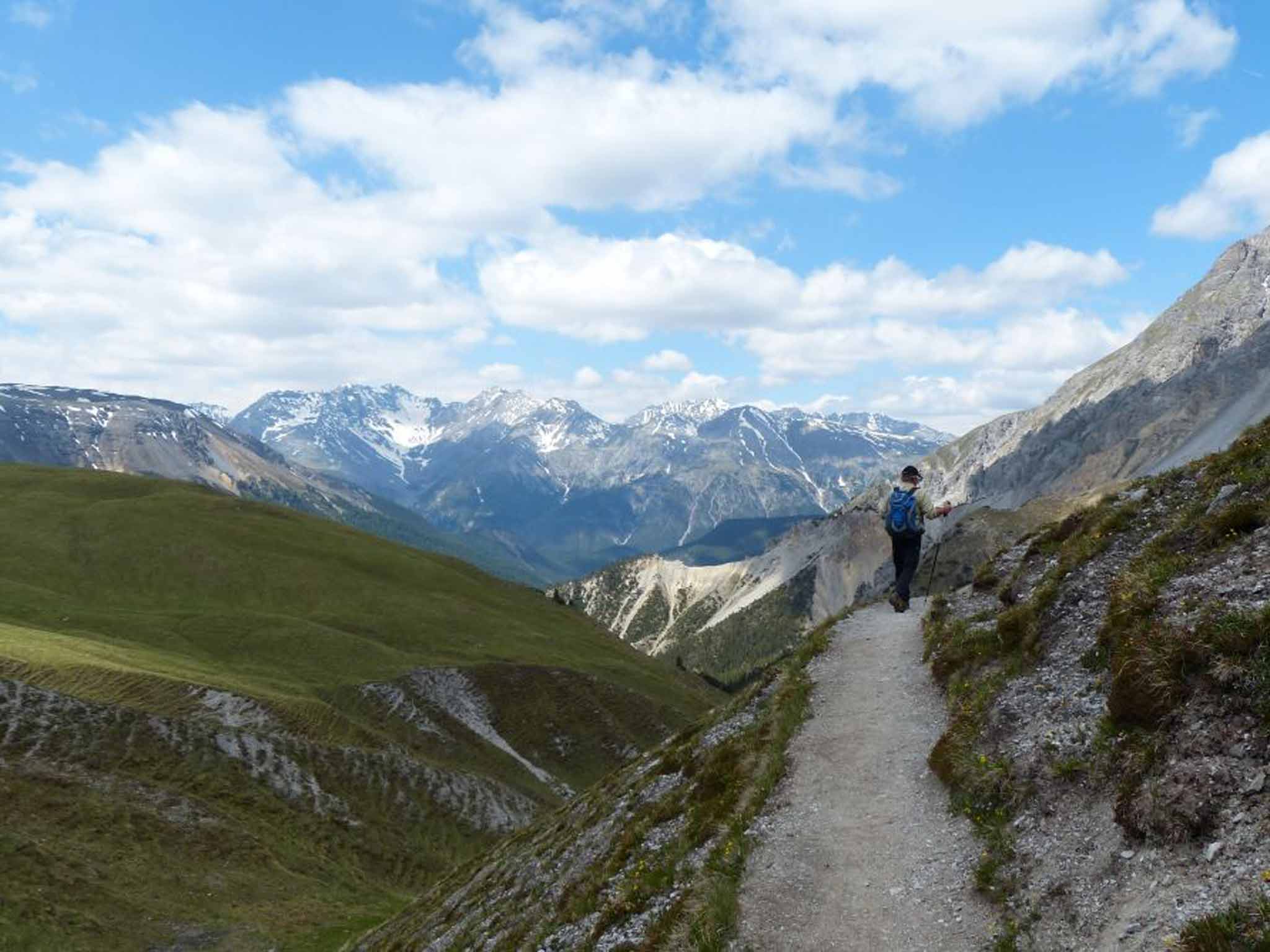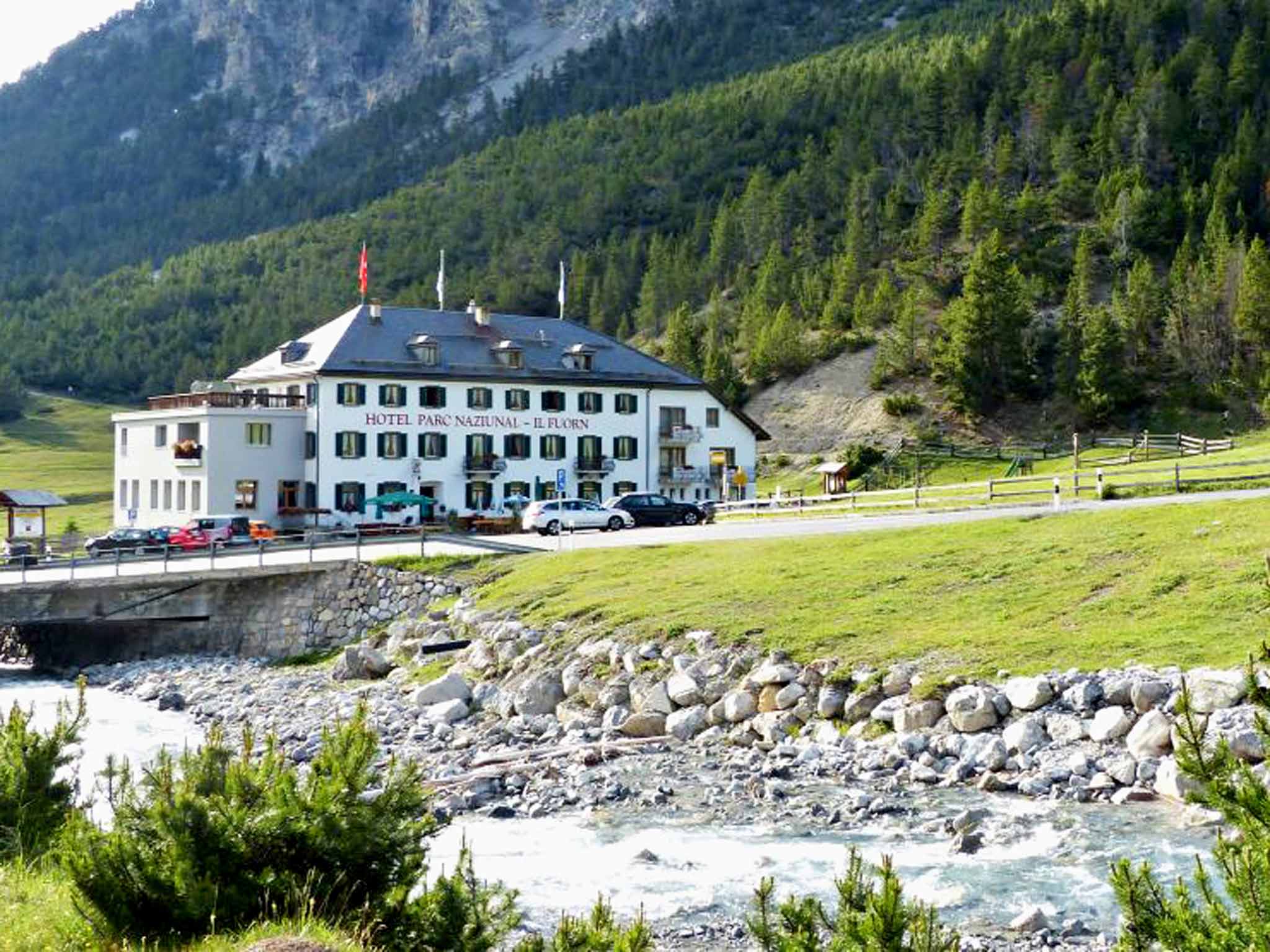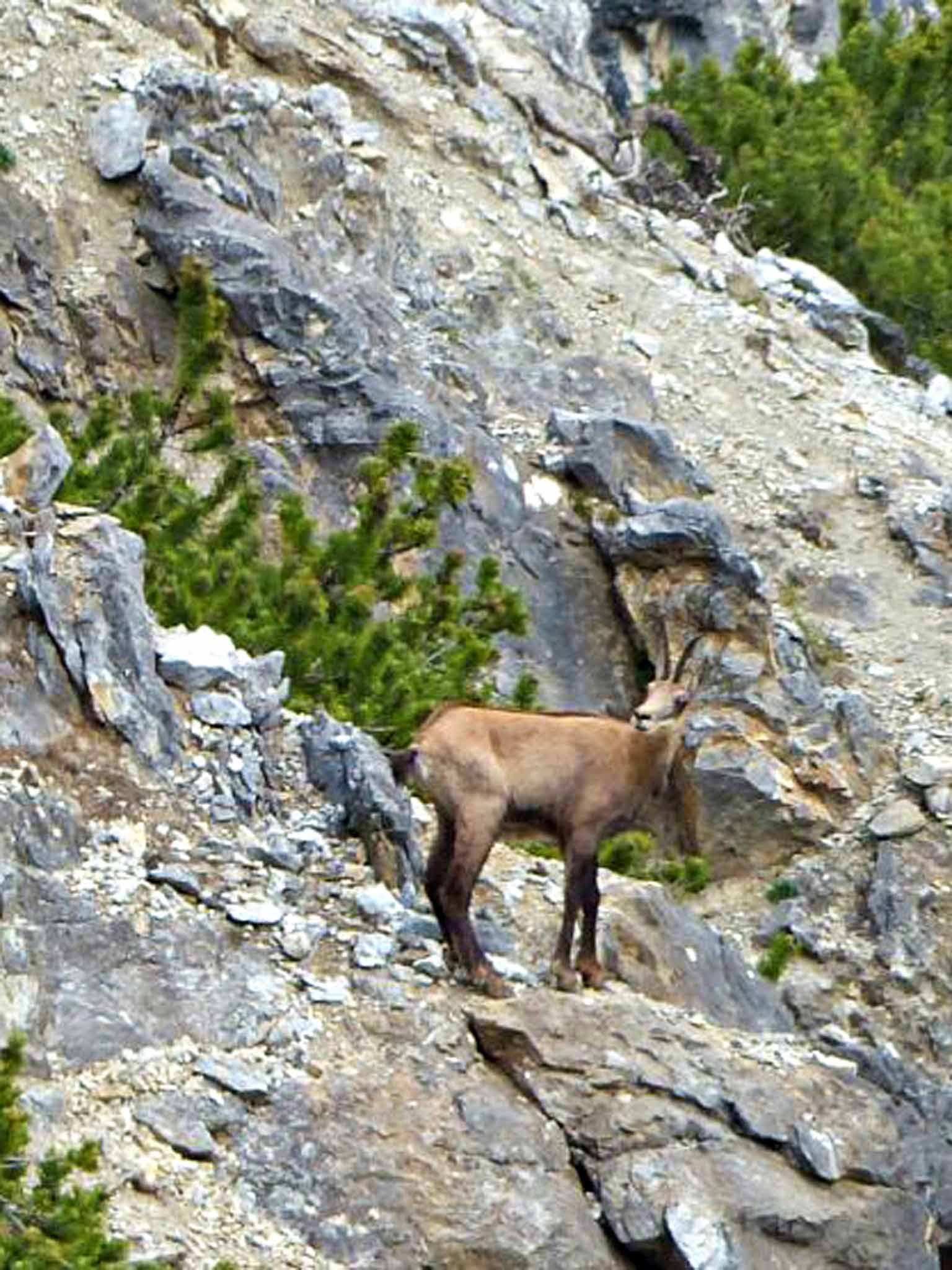The Independent's journalism is supported by our readers. When you purchase through links on our site, we may earn commission.
Exploring Switzerland's only national park
How come a country this beautiful has just one national park? On the 100th anniversary of its creation, Caroline Bishop explores the alpine reserve whose strict rules keep it as pristine as it was in 1914

Your support helps us to tell the story
From reproductive rights to climate change to Big Tech, The Independent is on the ground when the story is developing. Whether it's investigating the financials of Elon Musk's pro-Trump PAC or producing our latest documentary, 'The A Word', which shines a light on the American women fighting for reproductive rights, we know how important it is to parse out the facts from the messaging.
At such a critical moment in US history, we need reporters on the ground. Your donation allows us to keep sending journalists to speak to both sides of the story.
The Independent is trusted by Americans across the entire political spectrum. And unlike many other quality news outlets, we choose not to lock Americans out of our reporting and analysis with paywalls. We believe quality journalism should be available to everyone, paid for by those who can afford it.
Your support makes all the difference.We'd hiked through acres of alpine forest to get there: through larch trees, newly green after a long winter, and cembra pines, their seeds spread by the hungry nutcracker bird. We'd passed bare trunks still standing and trees felled by avalanches, strewn like pick-up-sticks down the flanks of mountains. Tucked amid all this wood was our home for the night, a hikers' cabin made of wood, but unable to use what surrounds it to keep its inhabitants warm and fed. Instead, logs to fuel its wood-burner are flown in by helicopter.
Isn't that a little perverse? I asked Jürg, the warden of the Cluozza hut, which caters for the stream of hikers who bed down here in dorm bunks each night from mid-June to October. "Rules are rules," he shrugged, a wry smile creeping up to eyebrows as dense as the foliage outside. "Especially in Switzerland."
True, the Swiss are rather partial to rules, but in this case they're for a good cause. The Chamanna Cluozza ("chamanna" means "hut" in Romansh, the language in these parts) was built in 1910, four years before Switzerland created a national park around it. The first in the Alps, it was founded on 1 August 1914 by the Swiss Society for the Protection of Nature (now called Pro Natura), which aimed to set aside a section of Switzerland's increasingly cultivated alpine landscape to develop naturally, free from human interference. A century later, it's still the country's only national park.
Consequently, this area of the Upper Engadine in the canton of Graubünden, eastern Switzerland, benefits from the highest level of protection. It can't be farmed, logged or built upon; its animals can't be hunted; it's closed to the public in winter, while summer visitors can't camp, cycle, fish, light fires, pick flowers, walk dogs, ride horses, wander off the designated paths or do anything that might leave a mark on the landscape. Wardens patrol the park and impose hefty fines on those who contravene the rules.

Strict though they are, these rules are understandable. Before the park's foundation this was a mining area which became heavily deforested, the timber used to fuel foundries. As for wildlife, Switzerland's big three – lynx, brown bear, wolf – were hunted to extinction in Graubünden by the late 19th century and, apart from the odd bear pottering over from Italy, are yet to find their way back.
The park's creation stopped further destruction and instigated a healing process. Today numerous species of alpine plants and animals flourish here, with ibex, chamois, marmots and red deer among the wildlife frequently spotted by 150,000 annual visitors doing the one activity that is allowed – hiking.
I hoped to spot all four as I embarked on my first hike with my guide Ruedi. One of 21 marked trails covering 80km of park, our 8km route took us past pine forests, flower-strewn meadows and a rushing stream before climbing above the tree line to the Margunet saddle, at 2,328m. Ruedi pointed out the place where bearded vultures were reintroduced to the park in 1991, but we saw none. My guidebook told me chamois and red deer grazed en route, but none were in evidence. At least the trail was as free from people as it was from wildlife, so we had the view from the saddle to ourselves. Sitting in the designated "resting area" – signs reminded us not to stray beyond it – we admired the mountains, dappled in shades of green and brown, with ribbons of grey marking the tumble of bygone rock falls.
I was staying that night at the Hotel Parc Naziunal Il Fuorn, a 16th-century farmhouse-turned-inn halfway along the only road through the park, the Ofenpass, or Pass dal Fuorn. This centuries-old mountain pass linking the village of Zernez in the west to Val Müstair in the east was once studded with ironworks (fuorn in Romansh, and ofen, in German, means "oven", referring to the smelting furnaces), whose workers took lodgings at Il Fuorn. As nothing has been built in the area since it gained national park status, Il Fuorn and the Cluozza hut remain the only accommodation options actually within the park boundaries.
I was welcomed to Il Fuorn by Sonja, its charming, Romansh-speaking manager. Thankfully, we found a common language in French, so she was able to tell me to look out for the deer that graze near the hotel every evening to the dismay of her restaurant manager, who despairs when guests leave the table to watch them. But I was obviously too interested in the venison on my plate (sourced outside the park, where culls are necessary to keep numbers manageable) to notice the live herd on the lawn outside.

I was luckier the next morning when Ruedi and I tackled the three-hour hike from Zernez, just outside the park, to the remote Chamanna Cluozza. High on the mountain trail I got my first glimpse of a chamois clambering about a near-vertical rock face. That afternoon, heading past the hut and up steep switchbacks to reach the Murter saddle (2,545m), we spotted ibex and red deer; and then, completing my full-house, a lone marmot popped out of the grass, chirping loudly.
Watching through binoculars, I felt privileged to be briefly present in these animals' home. Unlike other alpine areas of Switzerland, where wildlife and humans must share living space, here we were mere guests – which is partly why the country hasn't created any more national parks in a hundred years.
"There are too many people in Switzerland," explained Ruedi. The country's bottom-up system of governance means local communities must initiate the creation of a national park, but with space already limited in such a small country, many don't want to lose the right to cultivate the land.
Nevertheless, a century after the first, two more areas of Switzerland are currently applying for national park status, and perhaps the centenary celebrations on 1 August – also Swiss National Day – will spur other communities to act.
For now though, this corner of the Engadine remains a rare spot where nature's life cycle plays out relatively untouched. As a visitor, my time was up. After a night among the trees at the Clouzza hut, I hiked the trail back to Zernez, listening to the call of the nutcracker and pulling on my rain jacket against the encroaching clouds that ushered us out of the park. µ
Travel essentials
Getting there
The nearest airport is Zurich, served from the UK by easyJet (0843 104 5000; easyJet.com), BA (0844 493 0787; britishairways.com) and Swiss (0041 61582 3656; swiss.com). Trains from Zurich to Zernez take 2.5 hours, from where a postbus serves several stops along the Ofenpass, including Il Fuorn. The Swiss Transfer Ticket (swisstravelsystem.co.uk) covers a round-trip between the airport and any destination in Switzerland for £96 in second class or £153 in first class.
Staying there
Hotel Parc Naziunal Il Fuorn (0041 81856 1226; ilfuorn.ch) Doubles from Sfr130 (£85), including breakfast.
Chamanna Cluozza (0041 81856 1235). Dorm bunks Sfr76 (£50), half board. Sheet sleeping bags are obligatory – bring your own or hire one at the hut.
More information
Join our commenting forum
Join thought-provoking conversations, follow other Independent readers and see their replies
Comments